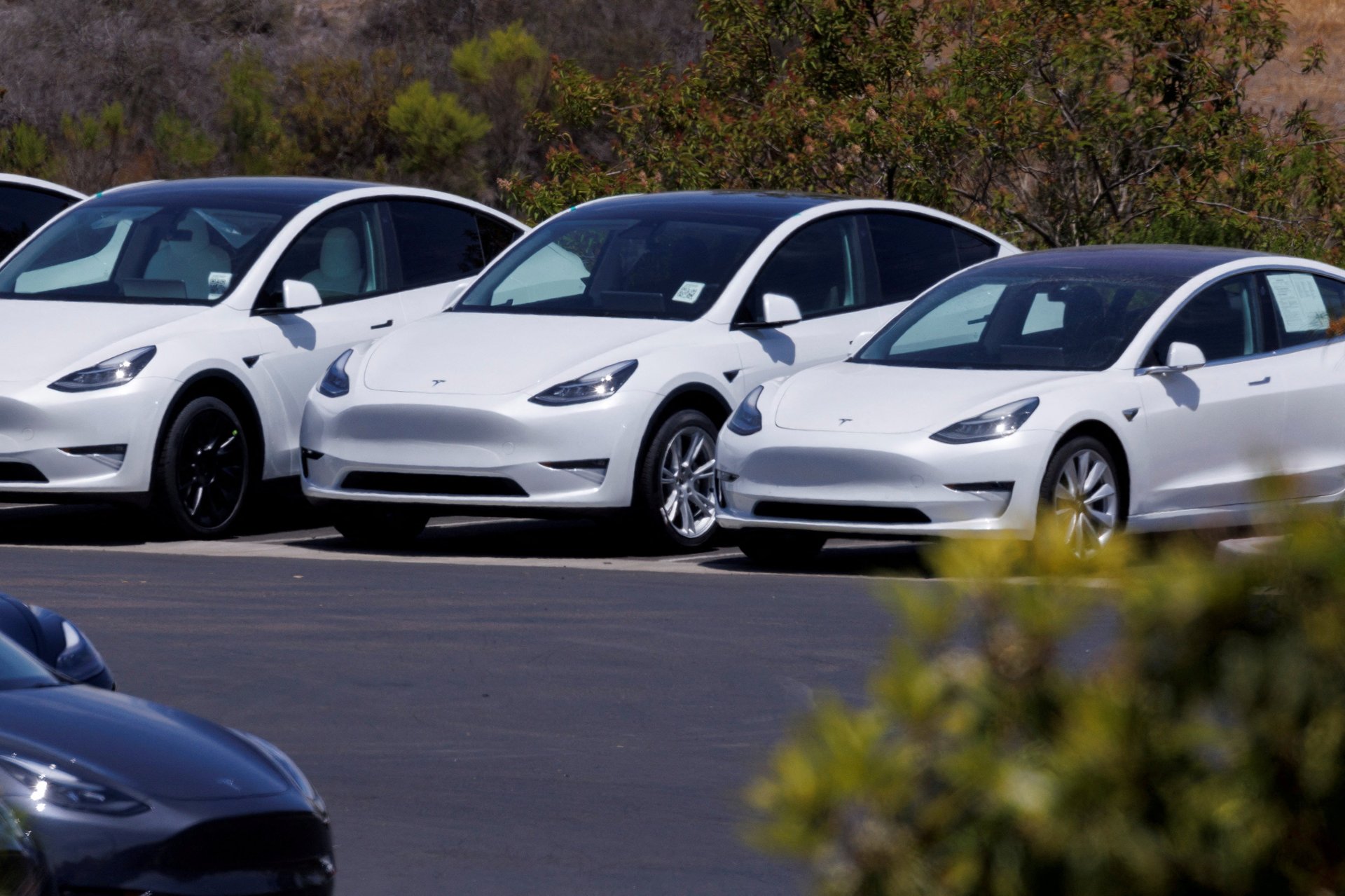Does California have enough electricity to ban gas cars?
More demand for electricity will incentive grid operators to level up.

California will ban the sale of internal combustion engine passenger cars by 2035, officials there said on Aug. 24. The policy, coming on top of new incentives for EV buyers in the Inflation Reduction Act, could dramatically reshape the entire US vehicle fleet. California is the country’s biggest vehicle market, and more than a dozen states copy its emissions standards.
Today EVs account for less than 2% of vehicles on the road in California, and because drivers tend to hold on to new cars for about a decade, it will still likely take a couple of decades to fully replace every gas car in the state. Still, that prospect poses a challenge for the electric grid, which will need a lot more juice to keep up with demand.
In a 2018 analysis, energy economists at the University of Texas found that if California drivers were to go fully electric overnight, the state would need about 47% more electricity than it consumes today. All the states that follow California’s emission standards also face big gaps.
The grid can catch up to electric vehicles
Still, there’s little reason to worry the grid won’t be up to the task, said Joshua Rhodes, one of the UT economists. Electricity supply and demand work in a reinforcing feedback loop: As demand grows, it creates an incentive for utilities and power companies to invest in new generation and transmission infrastructure. The grid is used to demand from new sources, Rhodes said, from population growth to the spread of air conditioning to data centers and cryptocurrency.
“It’s actually a shot in the arm for the electricity industry in general,” he said. “EVs are no different from any other load. So it’s not as big an issue as some people make it out to be.”
EVs might be easier to accommodate than other electricity gulpers, in that they don’t need to be charged at times of peak demand (late afternoon on a hot weekday, for example). Grid operators can incentivize drivers to charge overnight, and even use a car plugged in a garage as a kind of distributed grid battery, able to soak up excess electricity from peak solar production, for example, which smoothes the operation of the grid and lowers the risk of blackouts.
Bigger bottlenecks, Rhodes said, could be the rollout of charging stations (although sooner or later those will become easier to find than gas stations), and the development of new bureaucratic systems to manage the flow of electrons between so many new distributed sources of supply (solar) and demand (EVs).
